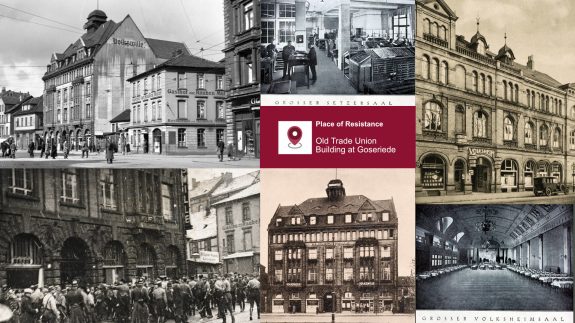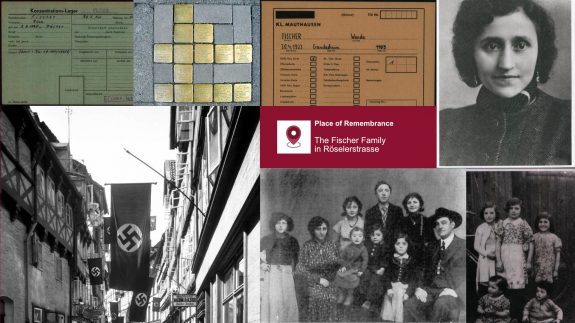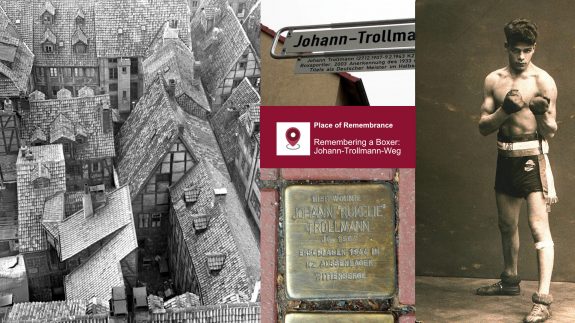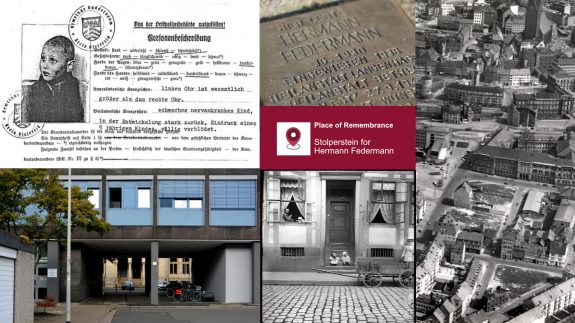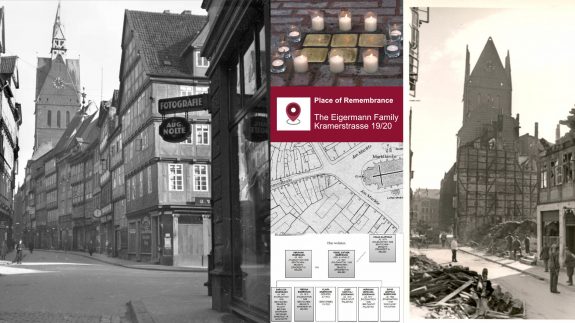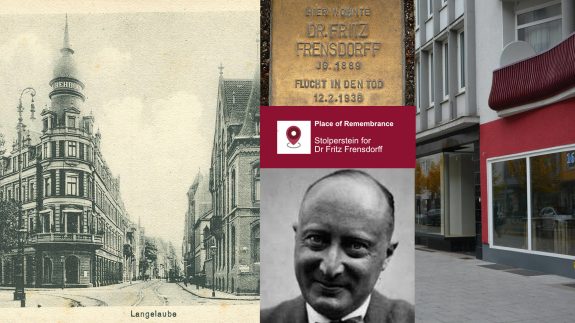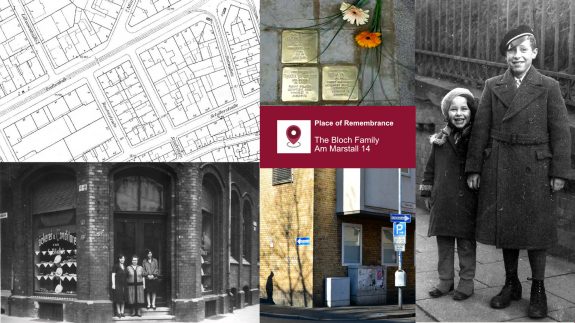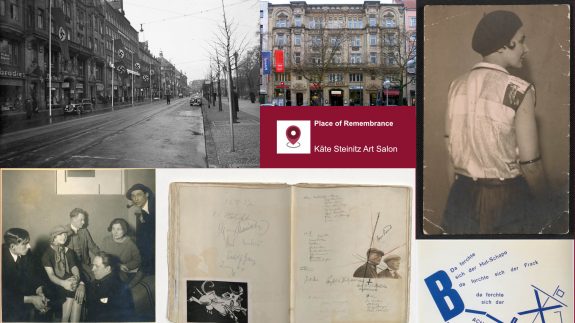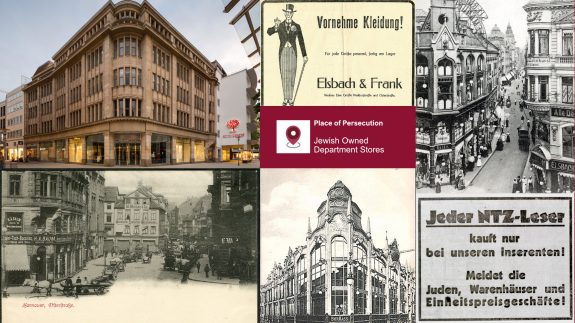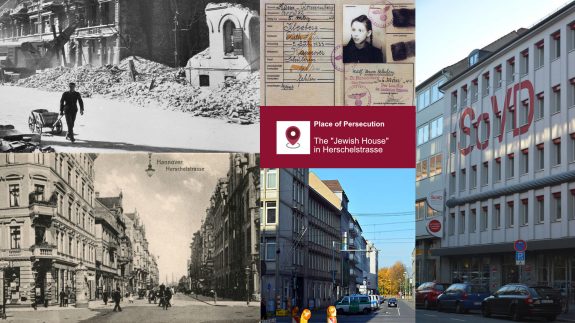The old trade union building at Goseriede
The old trade union building at Goseriede The heart of Hanover’s labour movement: Hanover’s trade union building was a large housing complex situated between Goseriede and Odeonstrasse with several inner courtyards. It served as the headquarters of the SPD newspaper “Volksstimme” [literally, ‘Voice of the People’] and many individual trade unions. As early as 1…

